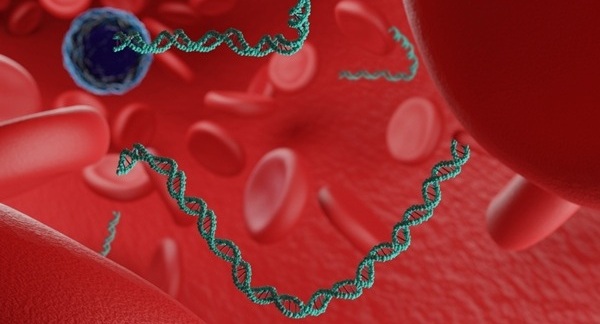ELISA Methods Developed for Analyzing Immunotherapy
By LabMedica International staff writers
Posted on 06 Mar 2018
A new enzyme-linked immunosorbent assay (ELISA) with high sensitivity and selectivity for bioanalysis of bevacizumab (BEV), a monoclonal antibody used for immunotherapy of different types of cancer, has been developed.Posted on 06 Mar 2018
Bevacizumab is a recombinant humanized monoclonal antibody directed against the vascular endothelial growth factor (VEGF), a pro-angiogenic cytokine. Bevacizumab binds to VEGF and inhibits VEGF receptor binding, thereby preventing the growth and maintenance of tumor blood vessels.

Image: Bevacizumab (Avastin) is approved for immunotherapy use in metastatic renal cell carcinoma, glioblastoma, non-squamous non–small-cell lung cancer, and metastatic colorectal cancer, and cervical cancer (Photo courtesy of Genentech).
Scientists at King Saud University (Riyadh, Saudi Arabia) captured BEV by specific antigen human vascular endothelial growth factor protein; (VEGF) immobilized onto a 96-well assay plate. The BEV-VEGF complex formed onto the plate wells were quantified using horseradish peroxidase labeled anti-human immunoglobulin-G (HRP-IgG) and 3,3`,5,5`-tetramethylbenzidine (TMB) as a chromogenic substrate for peroxidase enzyme.
The optimum conditions for conducting the proposed ELISA were established and its analytical performance was evaluated as per the guidelines for the validation of immunoassays for bioanalysis of therapeutic monoclonal antibody. The assay limit of detection was 1.01 ng /mL and the effective working dynamic range was 3.07 to100 ng/mL. The accuracy and precision of the assay were proven. The present assay with high throughput analysis was very easy to perform in a 96-well plate and permits an operator to analyze a batch of about 200 samples, in triplicate. This facilitates the processing of a large number of samples in a clinical setting. ELISA eliminated the need for pretreatment of plasma samples by affinity chromatography or other sophisticated equipment.
The authors have also developed a similar assay for cetuximab (CET) in human plasma samples. CET was captured by specific epidermal growth factor receptor (EGFR) antigen protein immobilized onto a 96-well assay plate. The CET- EGFR complex formed onto the plate wells were quantified using alkaline phosphatase enzyme labeled anti-human IgG (ALP-IgG) and para-nitrophenyl phosphate substrate (pNPP) as a chromogenic substrate for alkaline phosphatase enzyme. The assay limit of detection was 1.5 ng/mL and the effective working dynamic range was 0.005-6.25 μg/mL. The studies were published on January 31, 2018, in the journal Current Pharmaceutical Analysis.
Related Links:
King Saud University













